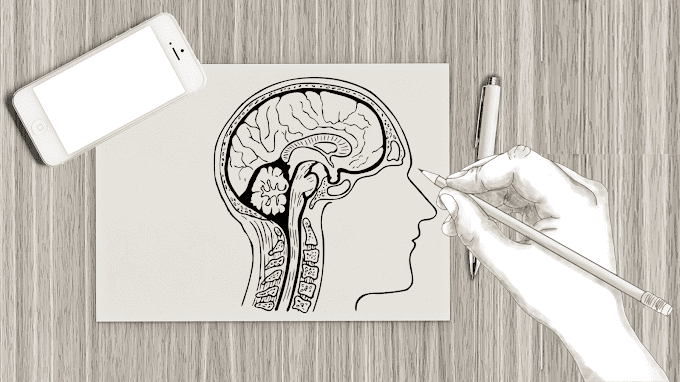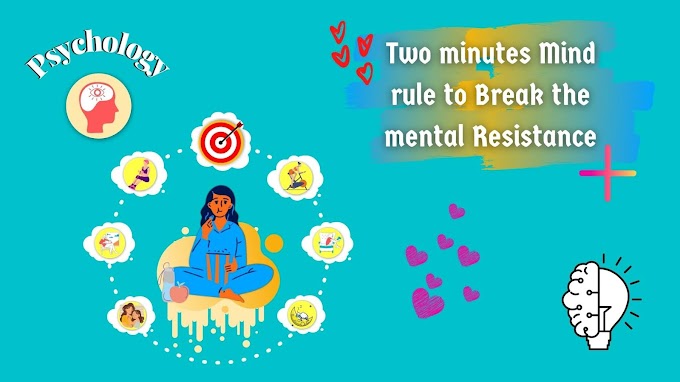Brief Overview
Reducing sugar intake is not just about cutting calories; it’s about
improving overall health and well-being. Sugar addiction can be a challenging
habit to break, but with the right strategies and understanding, you can
successfully reduce your sugar consumption. In this guide, we explore effective
methods to help you curb sugar cravings and make healthier choices.
Sugar Addiction
Sugar addiction is characterized by cravings for sweet foods and drinks,
often leading to overconsumption despite knowing the negative health
consequences. Factors such as stress, emotional eating, and habitual
consumption can contribute to sugar dependency.
Strategies to
Stop Eating Sugar
1. Identify Patterns and Triggers
Keep a Food Journal: Track your daily intake to identify patterns and
triggers that lead to consuming sugary foods.
Emotional Triggers: Recognize emotional cues (stress, boredom, sadness)
that prompt cravings for sugary snacks.
2. Gradual Substitution and Reduction
Cut Back Gradually: Reduce sugar intake slowly to allow your taste buds
to adjust.
Healthy Substitutes: Replace sugary snacks with healthier alternatives
like fruits, nuts, yogurt, or dark chocolate with higher cocoa content.
3. Read Labels and Make Informed Choices
Label Reading: Check food labels for hidden sugars (corn syrup,
fructose, sucrose) in processed foods.
Choose Whole Foods: Opt for whole foods and cook meals at home to have
control over ingredients and sugar content.
4. Increase Protein and Fiber Intake
Protein: Include protein-rich foods (lean meats, legumes, eggs) in your
meals to promote satiety and reduce cravings.
Fiber: Consume fiber-rich foods (vegetables, whole grains, beans) to
stabilize blood sugar levels and prevent spikes that trigger cravings.
5. Stay Hydrated
Water: Drink plenty of water throughout the day to stay hydrated and
curb false hunger signals often mistaken for sugar cravings.
Herbal Tea: Sip on herbal teas like peppermint or chamomile to satisfy
cravings without adding calories.
6. Manage Stress and Sleep
Stress Management: Practice stress-reducing techniques such as
meditation, yoga, or deep breathing exercises to prevent stress-induced sugar
cravings.
Quality Sleep: Aim for 7-9 hours of quality sleep each night to regulate
hormones responsible for hunger and cravings.
7. Additional measures
Accountability Partner: Share
your goals with a friend or family member for encouragement and support.
Join a Support Group:
Participate in online or local support groups focused on reducing sugar intake
for motivation and guidance.
Additional Tips for Long-Term Success
Set Realistic Goals: Break
down your sugar reduction goals into manageable steps to maintain motivation.
Reward Progress: Celebrate small victories
and milestones achieved along your journey to reducing sugar intake.
Professional Guidance: Consult a
registered dietitian or nutritionist for personalized advice and guidance
tailored to your specific needs.
Take away:
Breaking free from sugar addiction requires commitment, patience, and a
strategic approach. By implementing these strategies and making conscious
choices, you can gradually reduce your sugar intake, improve your overall
health, and achieve long-term wellness.
What is your biggest challenge when it comes to
reducing sugar intake?
Cravings
Emotional Eating
Social Situations
Other (please specify)
Share your experiences and tips in the comments below to help others on
their journey to reducing sugar consumption!

.jpg)




0 Comments
Please do not enter any Spam Link or spam content that affects our society